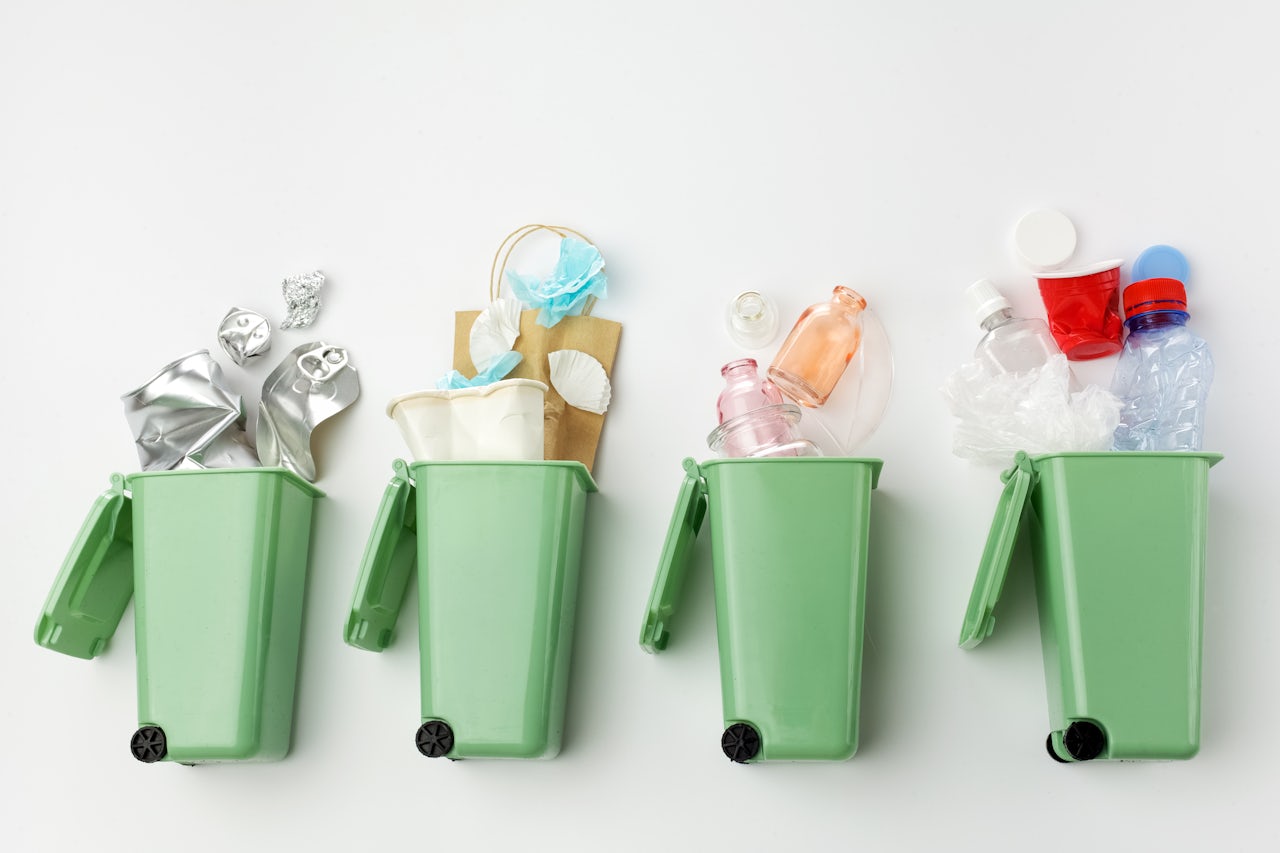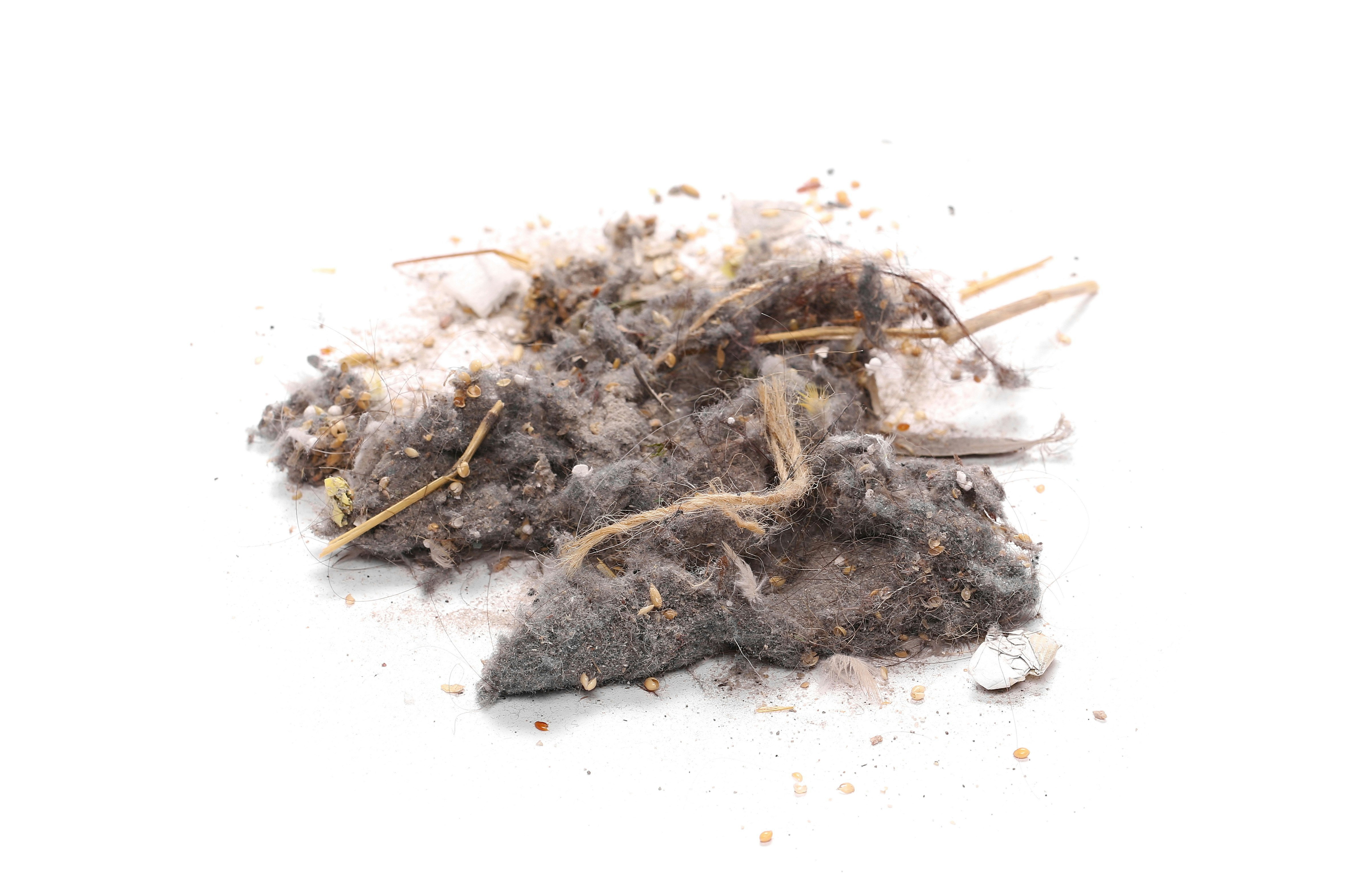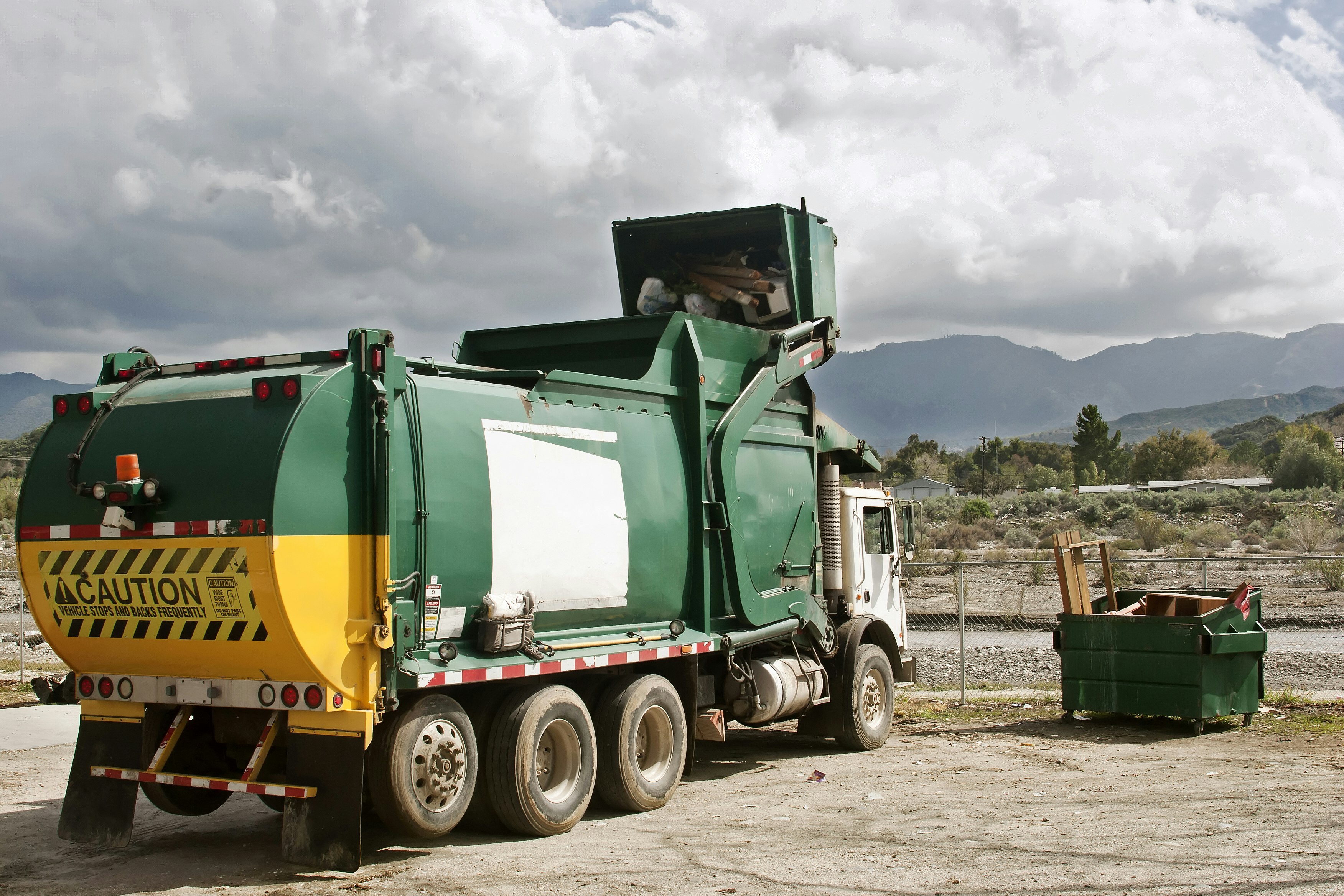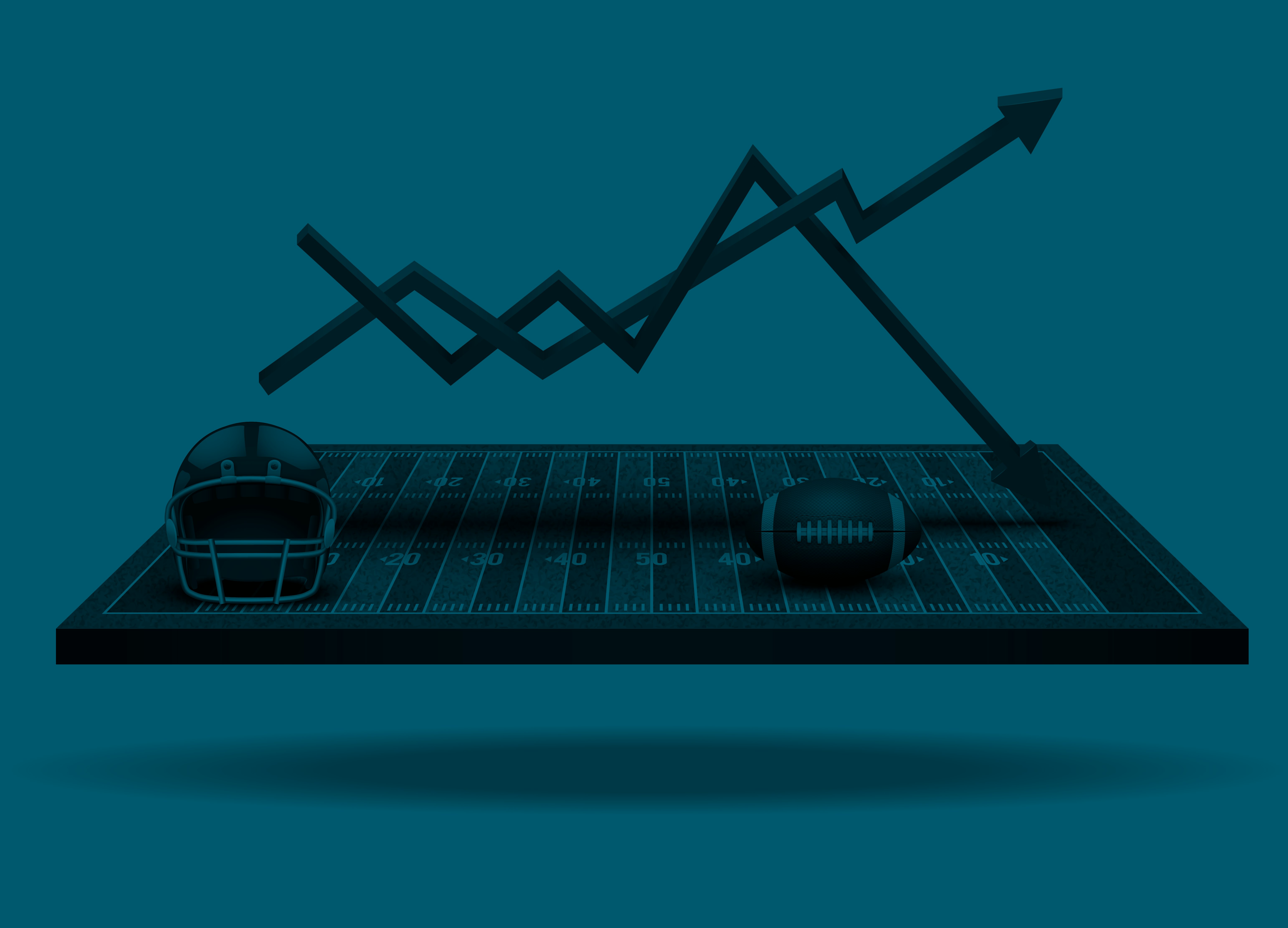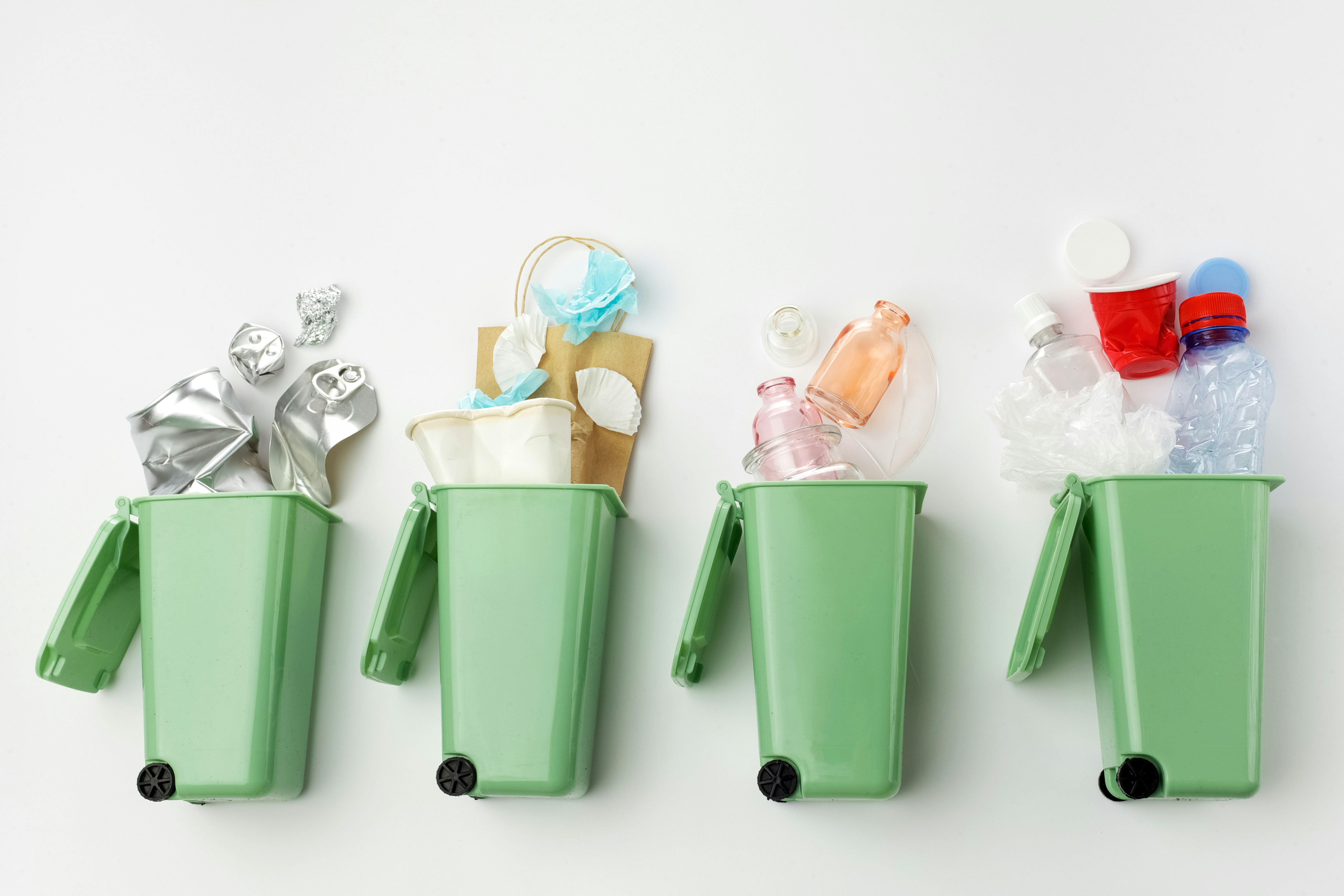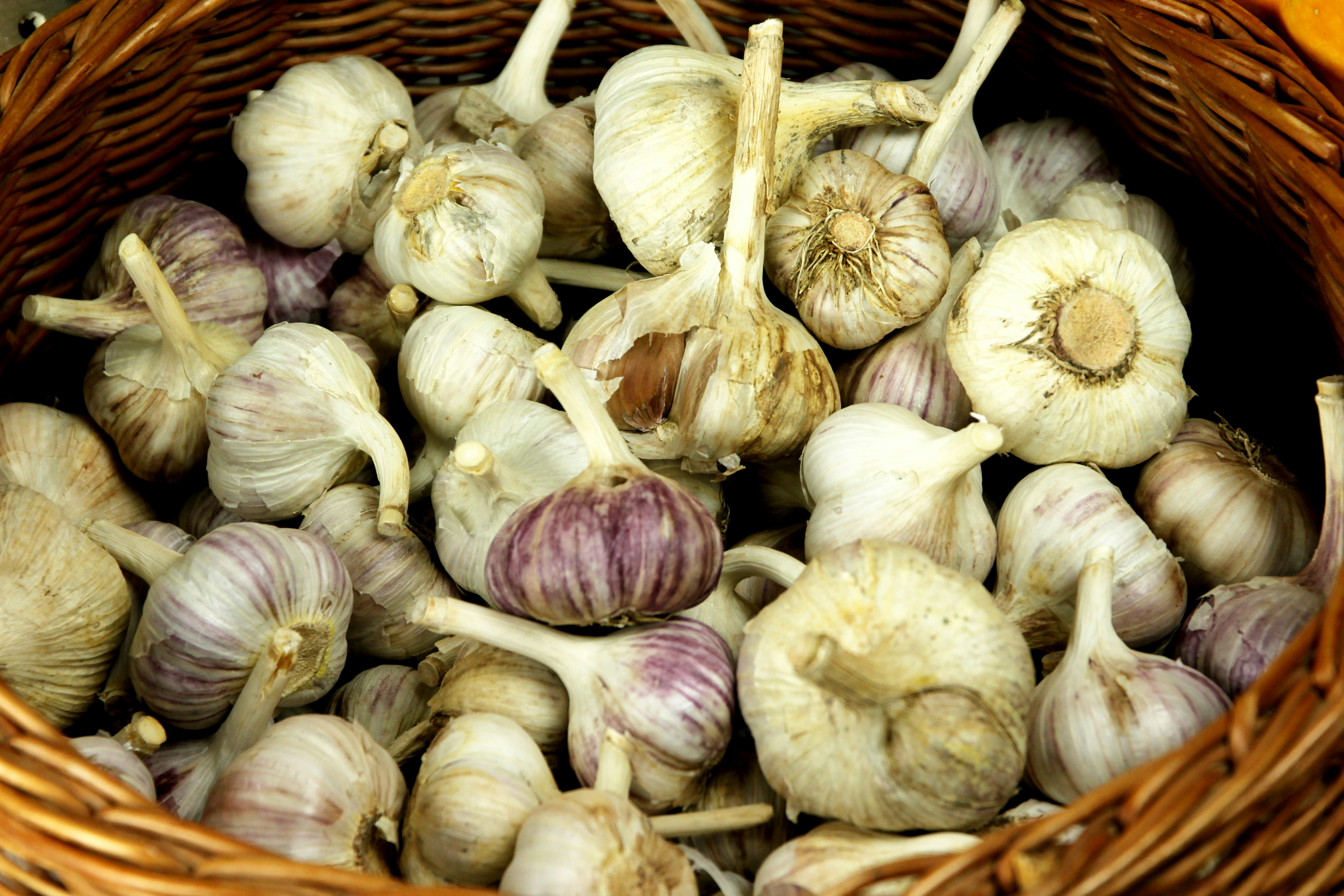My feelings regarding the “zero-waste movement” are vast and varied, but come in many shades of upset. I’m upset when I see a friend wracked with guilt when she succumbs to buying a plastic water bottle on an oppressively hot afternoon. I’m upset when a bratty roommate preaches the zero-waste gospel to me when I know they drive half a mile to work every day. I’m upset that I’m expending energy being upset over a movement that is well-intentioned instead of on one that is not.
According to the Zero Waste International Alliance, the zero-waste movement is “the conservation of all resources by means of responsible production, consumption, reuse, and recovery of products, packaging, and materials without burning and with no discharges to land, water, or air that threaten the environment or human health,” or, put more simply, consuming less shit so you have less shit to throw away. The movement has become prominent in recent years as a response to increasingly alarming news of plastic-clogged waterways, growing landfills, and insufficiently low recycling rates.
It all sounds pretty good. I am definitely a proponent of resource conservation and waste reduction. I would love for consumption to be less of a strain on the environment. My exasperation rests in the gap between this definition and its real-life execution, which seems to be focused primarily on one type of waste: household plastic.
Before we go any further, let’s talk about the problem with the word “zero” in zero-waste movement. Perhaps if the name was “less-waste movement” or “not-as-much-waste movement” or something equally pragmatic, I wouldn’t be so bothered. But, and I’m sorry to have to say this, the “zero” in zero-waste is impossible first and foremost due to the second law of thermodynamics, which states that the quality of energy degrades as it is used. Your banana will either be eaten and partially excreted by you or left to rot somewhere; neither is zero waste and entropy is undeniable. Therefore, discussions about waste should be framed around reduction, not some fundamentally unattainable “zero.” This sets everyone up for failure, making the movement fertile grounds for some of the same damaging psychology present in movements like “clean eating.”
I’m upset when a bratty roommate preaches the zero-waste gospel to me when I know they drive half a mile to work every day.
Next on my list of grievances is how gender and zero-waste intersect. A casual glance at the #zerowaste hashtag on Instagram or at the author bio pages of numerous zero-waste blogs will highlight how feminine this movement skews. I suspect this movement is prone to an even larger gender gap than other environmental initiatives due its focus on how household waste can be reduced, a domain over which women still seem to reign. This is annoying, mostly because being zero-waste is time-consuming and expensive. Living a zero-waste lifestyle involves very inconvenient things like making your own toothpaste and never ordering takeout. Moreover, it’s well-documented that men tend to recycle less, litter more, and have larger carbon footprints. I would love for men and women to at least be inconvenienced equally.
More insidiously, I am concerned that zero-waste is narrowing people’s perceptions of waste to consist only of what they physically put in the garbage. Those who write about their individual reduction efforts tend to use phrases like “plastic-free” interchangeably with “zero-waste” (exemplified in a post on the popular blog Going Zero Waste titled “3 Zero-Waste Shops for All Your Plastic-Free Needs”) These phrases are not synonymous — waste comes in many forms. And even if a business claims to be zero-waste, such can be misleading. According to a recent article in Smithsonian Magazine, there is growing tide of grocery stores that claim to be “zero waste” by selling only bulk items. But while this might mean there is no visible packing waste for the shopper, there is definitely some unseen amount of packaging with which the store itself had to contend — it’s not as if a truck of loose Brazil nuts showed up for delivery.
Zero-wasters think that producing teeny-tiny amounts of garbage — specifically, one mason jar’s worth — is the pinnacle of environmentally conscious behavior. But the notion that the packaging of your purchased end product is an accurate reflection of the waste generated in the entire production process of that item is insane. You might buy minimally packaged meat, but eating meat is one of the most wasteful consumption habits in which you can partake. While some zero-wasters proudly announce that they have avoided food packaging at the airport, one flight can negate a year’s worth of otherwise environmentally conscious behavior.
Further, there is inherent tension between packaging food to minimize food waste and the waste from the packaging itself. Compared to its sinful plastic counterpart, the virtuous glass bottle requires much more packaging to not break in transit. The plastics industry itself was borne from repurposing the waste from petroleum refining; the affordability of plastic goods, from kitchenware to clothing, has democratized consumption and blurred class lines, facilitating social mobility for many and ultimately leading to a more sustainable (ahem, less wasteful) use of human capital.
This extends to what we wear. A recent Harper’s Bazaararticle, “The Ultimate Zero Waste Guide for Beginners” suggests to “look for ideally (organic) cotton, cashmere, wool, and silk” when buying new clothing. However, cotton accounts for a disproportionately large share of global insecticide use, water pollution, and water scarcity, while the lesser yield of organic cotton tends to result in an even lower water-use efficiency. More confusingly, a recent study showed that polyester fiber contamination in agricultural fields actually enhanced soil microbial activity and plant growth — so maybe plastic waste can be contextually... good?
While some zero-wasters proudly announce that they have avoided food packaging at the airport, one flight can negate a year’s worth of otherwise environmentally conscious behavior.
All of this is to say that waste is being generated everywhere always and it extends so far beyond the final product in your hand. Waste is water and land and emissions and human capital — not just the plastic straw in your drink. It would be great if there were easy answers, but the only answer is to question everything. I recently attended a lecture on social sustainability in agriculture during which the speaker, a professor of interdisciplinary education in agriculture, insisted on answering every question with two words: “it depends.” This was infuriating in its accuracy.
I should clarify that I do not believe the burden of fully understanding the lifecycle of every conceivable item should fall on the consumer. It’s inherently damaging to even suggest that an individual’s purchasing power and the free market can correct massively environmentally damaging production systems. There is something paradoxical that a movement centered on consuming less relies on consumers to use their consumption habits to signal to industry to change.
The whole point is that the stuff shouldn’t be made in the first place, or that the environmental externalities of those items should be forcibly internalized so that prices spike precipitously. If purchasing more items — like a plastic-free toilet brush or Goop-sanctioned “Zero Waste Starter Kit” — makes you feel like you are helping the environment, perhaps ask yourself why.
It helps to be a conscious consumer, but government and policy is needed to facilitate major shifts to sustainable production systems, demand transparency, and hold industries accountable. The Environmental Protection Agency estimates that 22 percent of municipal waste is food, making it the single largest stream of waste. It might be more effective to push municipal composting programs than to make your own deodorant.
So, by all means, turn a critical eye to your consumption habits. But try not to get in caught in a swirling compulsion to fit a year’s worth of trash in a small mason jar. I would argue that that is a waste ;) of your time.
Are you upset about something and would like to write about it? Email leah@theoutline.com.
